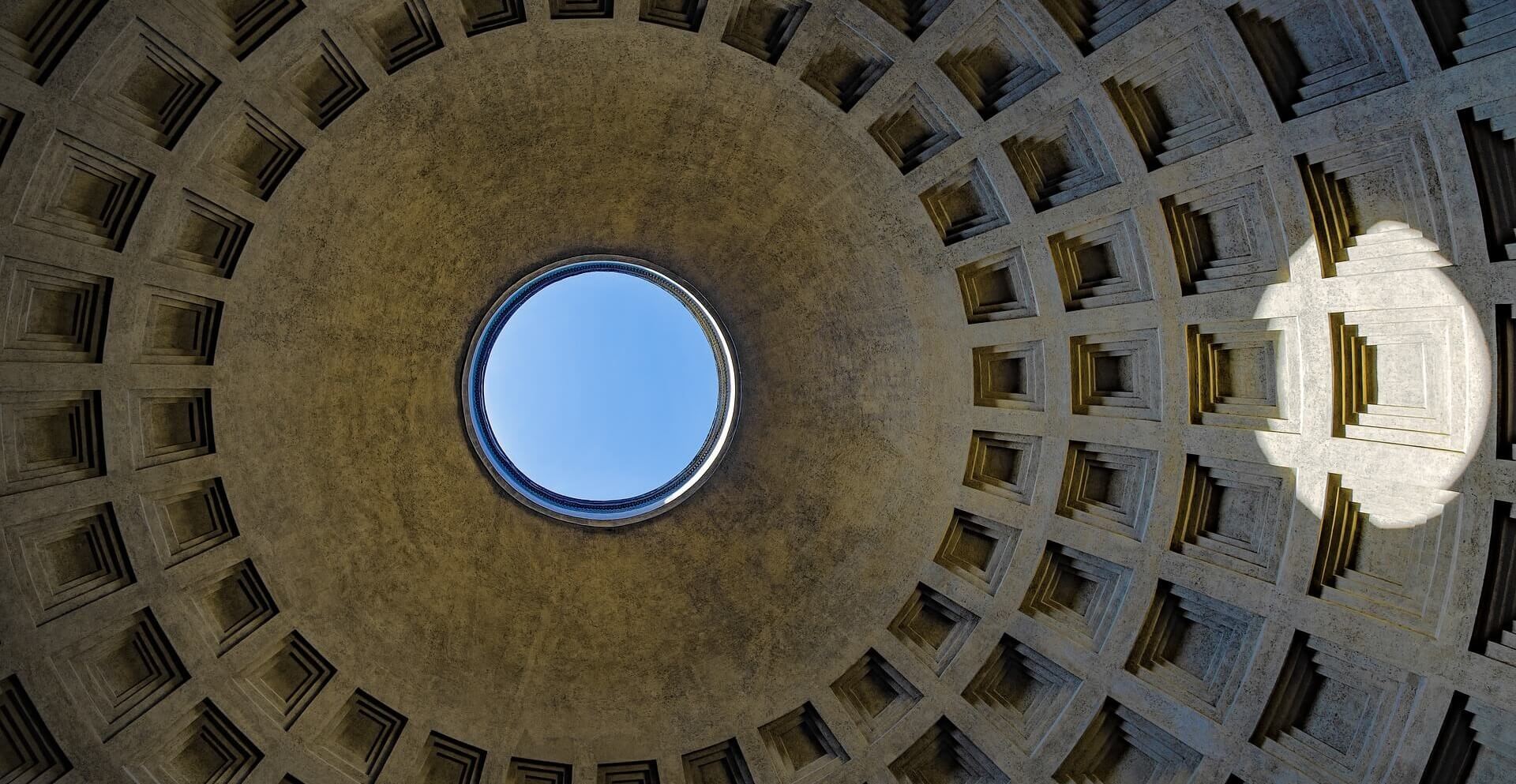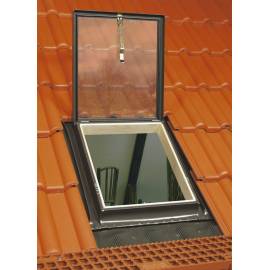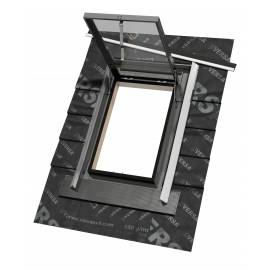Skylights are one of the most famous and luxurious ways of introducing natural lighting to medium to large-sized buildings in the West. You’ll see glazed skylights Château de Versailles’ Galerie des Batailles – the iconic 17th-century palace of the French royalty, and you’ll see glazed skylights in many of your city’s iconic buildings. So, how come skylights are so popular? What’re their origins? How were the first skylights used? These are all questions this article aims to answer. Read on and learn the fascinating history of skylights.
Table of Contents
The History of Skylights
Skylights have a long history – the first skylights were used in ancient Rome – these skylights were open, meaning they weren’t covered by any glass. This was because the technology to manufacture windows in such a shape wasn’t available yet. You can see examples of this design in the Pantheon, which has an oculus opening.
After the fall of Rome, the Byzantine Empire carried on the tradition – you can still find many buildings in Anatolia, the Levantine, and Egypt that still feature skylights.
After the renaissance in Italy, a renewed interest in Roman literature and architecture made skylights more prevalent in Italian city-states. If you take a trip to Italy and look at the buildings from the renaissance era, you’ll find many examples of buildings with fitted skylights.
But our modern conception of skylights didn’t originate from Renaissance Italy. Rather, pre-revolutionary France has the earliest occurrences of glazed skylights. This is because France at the time was home to the most advanced glass manufacturing technologies and techniques. This was still a pre-industrial revolution, which meant the glasses were extremely expensive and time-consuming to manufacture, and they were still only found in buildings and castles owned by royalty.
After the uptake of the industrial revolution and the massive growth in our productive capacity, skylights became much more common. By the middle of the 19th century, medium-sized businesses operating in England could afford to install glazed skylights in their businesses. This is where the practice exploded and skylights became much more common.
Other products in category: Skylights
£95.00 tax excl.
Other products in category: Skylights
£102.50 tax excl.
But the middle class and the lower class didn’t have any experience with skylights so far. At most, they would be lucky to be employed by a business that could afford to install skylights up to the middle of the last century. From 1950 onward, we saw a true explosion in the popularity of skylights.
Many shopping malls started fitting skylights into their buildings because it looked attractive and they wanted to attract more people. People in the suburbs started being able to afford to install skylights into their home. As the regulatory framework was ironed out and the economies of scale kicked in, skylights became cheaper than ever.
Summary
Skylights have a long and interesting history – from being used in palaces for kings and queens to be used in malls to attract more customers. They are a microcosm of the human story in the last three millennia.


